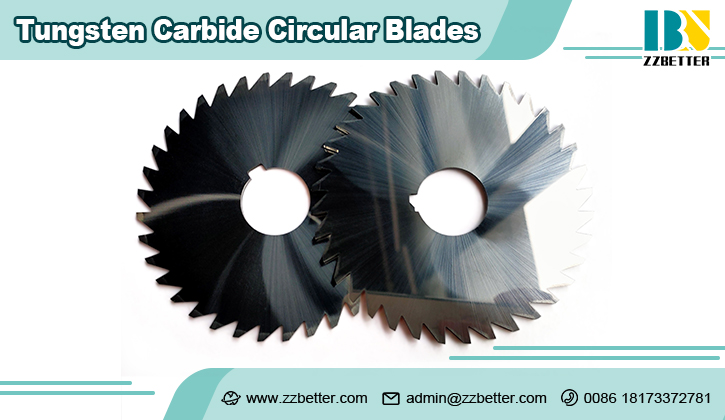How to Braze Tungsten Carbide Cutting Tools
How to Braze Tungsten Carbide Cutting Tools

The brazing of cemented carbide cutting tools affects the quality of the tool. In addition to whether the tool structure is correct and the selection of the tool material is appropriate, another important factor depends on the control of the brazing temperature.
During production, there are many brazing methods for tungsten carbide cutting tools, and their brazing characteristics and processes are also different. The heating rate has a significant effect on the brazing quality. Rapid heating can cause cracks and uneven braze in carbide inserts. However, if the heating is too slow, it will cause oxidation of the welding surface, resulting in a decrease in the brazing strength.
When brazing carbide cutting tools, uniform heating of the tool shank and carbide tip is one of the basic conditions to ensure brazing quality. If the heating temperature of the carbide tip is higher than that of the shank, the melted solder wets the carbide but not the shank. In this case, the brazing strength is reduced. When the carbide tip is sheared along the solder layer, the solder is not damaged but is separated from the carbide tip. If the heating speed is too fast and the temperature of the toolbar is higher than that of the carbide tip, the opposite phenomenon will occur. If the heating is not uniform, some parts are brazed well, and some parts are not brazed, which reduces the brazing strength. Therefore, after reaching the brazing temperature, according to the size of the carbide tip, it should be kept for 10 to 30 seconds to make the temperature on the brazing surface uniform.
After brazing, the cooling rate of the tool also has a great relationship with the brazing quality. When cooling, instantaneous tensile stress is generated on the surface of the carbide tip, and the resistance of tungsten carbide to tensile stress is significantly worse than that of compressive stress.
After the tungsten carbide tool is brazed, it is kept warm, cooled, and cleaned by sandblasting, and then check whether the carbide insert is brazed firmly on the tool holder, whether there is a lack of copper, what is the position of the carbide insert in the slot, and whether the carbide insert has cracks.
Check the braze quality after sharpening the back of the tool with a silicon carbide wheel. In the carbide tip part, insufficient solder and cracks are not allowed.
On the brazing layer, the gap that is not filled with solder shall not be greater than 10% of the total length of the braze, otherwise, it should be re-soldered. The thickness of the welding layer should not exceed 0.15 mm.
Check whether the position of the carbide insert in the insert welding groove meets the technical requirements.
The brazing strength inspection is to use a metal object to strike the toolbar strongly. When hitting, the blade should not fall off the toolbar.
Carbide cutting tool brazing quality inspection is to ensure the service life of the carbide blade, and it is also a requirement for safe operation.

If you are interested in tungsten carbide cutting tools and want more information and details, you can CONTACT US by phone or mail at the left, or SEND US MAIL at the bottom of the page.





















